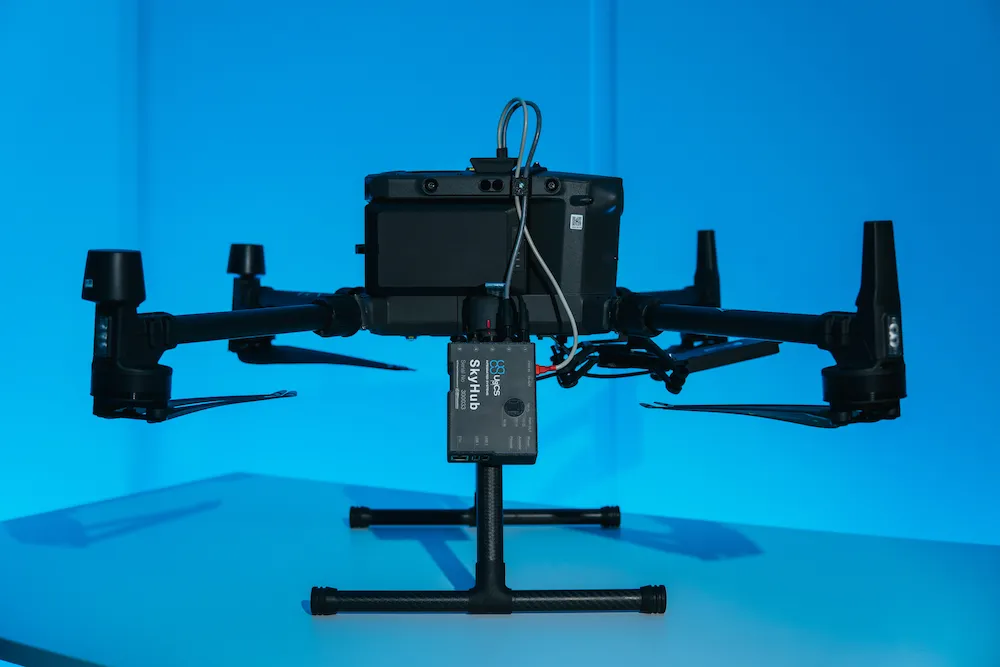Does SkyHub work offline?
Yes. All logging and processing are performed locally on the onboard computer; no cloud or Internet connection is required.
Which file formats are recorded?
CSV plus formats commonly used in geophysical workflows (e.g., SEG-Y), NMEA-0183, and SVLOG.
What are the SkyHub-supported drones?
DJI M400, M350 RTK, M300 RTK; and Pixhawk/Cube (ArduCopter/PX4) via MAVLink.
What is the minimum AGL with True Terrain Following?
As low as 0.5 m.
Can SkyHub power my sensor?
Yes. Configurable 9/12/15/18 V (up to 5 A), plus +5 V and +12 V pins on comm connectors.

